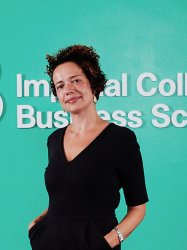BibTex format
@article{Barrenho:2022:10.1016/j.socscimed.2022.114953,
author = {Barrenho, E and Halmai, R and Miraldo, M and Tzintzun, I and Ali, SR and Toulemon, L and Dupont, J-CK and Rochaix, L},
doi = {10.1016/j.socscimed.2022.114953},
journal = {Social Science and Medicine},
title = {Inequities in cancer drug development in terms of unmet medical need},
url = {http://dx.doi.org/10.1016/j.socscimed.2022.114953},
volume = {302},
year = {2022}
}

